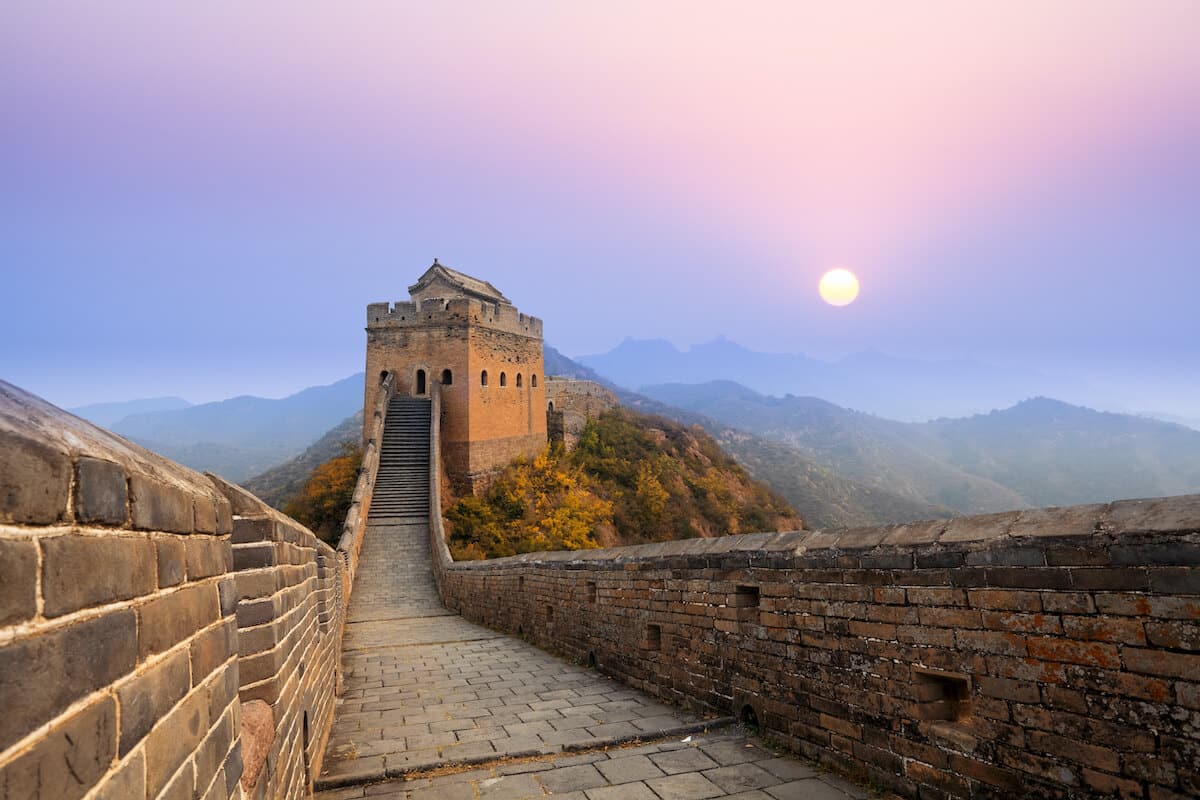Top 10 Historical Places You Must Visit
Traveling to historical sites allows us to step back in time, experience diverse cultures, and witness the grandeur of past civilizations. If you are a history enthusiast or simply love exploring iconic landmarks, here are ten must-visit historical places that showcase human achievements, ancient cultures, and architectural wonders.

1. The Great Wall of China, China
One of the most recognizable structures in the world, the Great Wall of China stretches over 13,000 miles. Built over several dynasties, primarily during the Ming Dynasty (1368–1644), it was originally constructed to protect against invasions. Today, it remains a symbol of China’s rich history and is a UNESCO World Heritage Site. Walking along its ancient pathways provides breathtaking views of the Chinese countryside.
2. Machu Picchu, Peru
Nestled high in the Andes Mountains, Machu Picchu is an ancient Incan citadel built in the 15th century. This UNESCO World Heritage Site is one of the most well-preserved ruins of the Incan Empire, showcasing remarkable engineering and architectural skills. The breathtaking panoramic views and mystical atmosphere make it a must-visit for history lovers.
3. The Pyramids of Giza, Egypt
The Pyramids of Giza, including the Great Pyramid of Khufu, have stood for over 4,500 years as a testament to ancient Egyptian engineering. These pyramids were constructed as grand tombs for pharaohs, with elaborate chambers and passageways. The nearby Sphinx adds to the mystery and intrigue, making this site a must-see for anyone interested in ancient civilizations.
4. The Colosseum, Italy
Located in the heart of Rome, the Colosseum is one of the greatest architectural feats of the Roman Empire. Built around 80 AD, this massive amphitheater hosted gladiatorial battles, public spectacles, and dramatic performances. Despite centuries of wear and earthquakes, the Colosseum still stands as an iconic representation of Rome’s grandeur and historical significance.
5. Petra, Jordan
Petra, also known as the “Rose City” due to its pink sandstone cliffs, was once a thriving trading hub of the Nabataean civilization around the 4th century BC. The site’s most famous structure, Al-Khazneh (The Treasury), is carved into rock and remains one of the most breathtaking archaeological wonders in the world. Walking through the Siq, a narrow canyon leading to Petra, is a mesmerizing experience.
6. Stonehenge, England
One of the most mysterious historical sites, Stonehenge in England dates back over 4,000 years. This prehistoric monument consists of massive stones arranged in a circular formation, with many theories surrounding its purpose, ranging from a religious site to an astronomical calendar. The mystery surrounding Stonehenge only adds to its allure.
7. The Taj Mahal, India
A symbol of eternal love, the Taj Mahal was built by Mughal Emperor Shah Jahan in memory of his wife Mumtaz Mahal in the 17th century. This UNESCO World Heritage Site is renowned for its stunning white marble architecture, intricate carvings, and symmetrical gardens. It remains one of the most visited and admired historical monuments in the world.
8. Angkor Wat, Cambodia
The largest religious monument in the world, Angkor Wat was originally built as a Hindu temple dedicated to Vishnu in the early 12th century before transitioning into a Buddhist temple. This architectural marvel is adorned with intricate carvings and bas-reliefs, depicting Hindu mythology and ancient Khmer culture. Exploring the ruins of Angkor Wat is like stepping into a lost world of temples and jungle-covered wonders.
9. The Acropolis, Greece
Perched high above Athens, the Acropolis is an ancient citadel that houses several historical buildings, including the Parthenon. Built in the 5th century BC, the Parthenon is one of the most significant landmarks of classical Greek civilization. The Acropolis offers stunning views of Athens and provides insight into the art, culture, and philosophy of ancient Greece.
10. Chichen Itza, Mexico
One of the most important cities of the Mayan civilization, Chichen Itza features awe-inspiring structures, including the iconic El Castillo pyramid. This UNESCO World Heritage Site was a major center for political, religious, and military activities in Mesoamerica. During the spring and autumn equinoxes, the pyramid creates an illusion of a serpent slithering down its steps, showcasing the Mayans’ advanced astronomical knowledge.

Conclusion
These ten historical sites offer a glimpse into the grandeur of past civilizations and their remarkable achievements. Whether you are drawn to ancient ruins, architectural marvels, or cultural heritage, visiting these iconic places will leave you with unforgettable memories and a deeper appreciation for history. So pack your bags, embark on a journey through time, and experience the wonders of human civilization firsthand!


